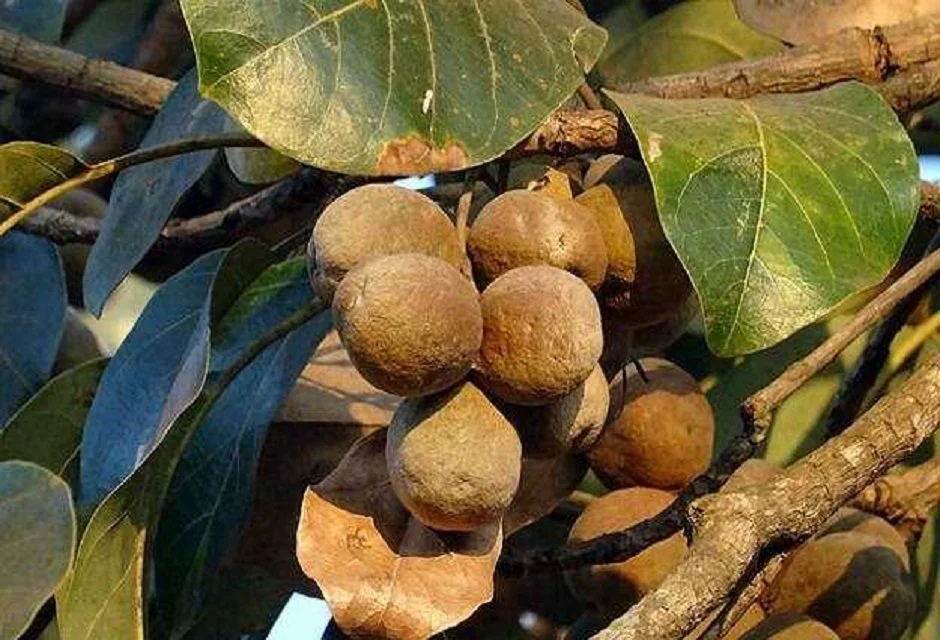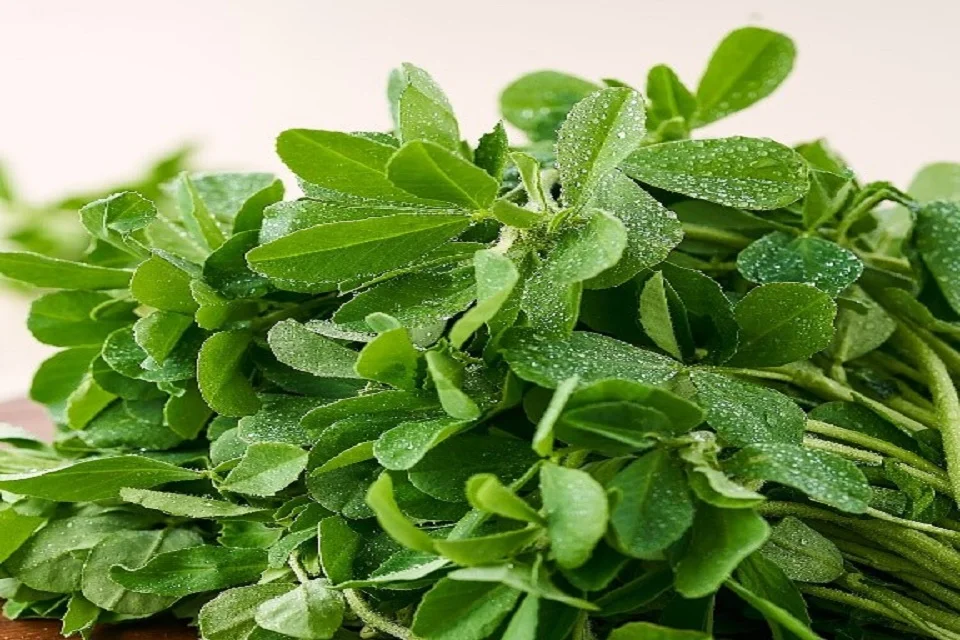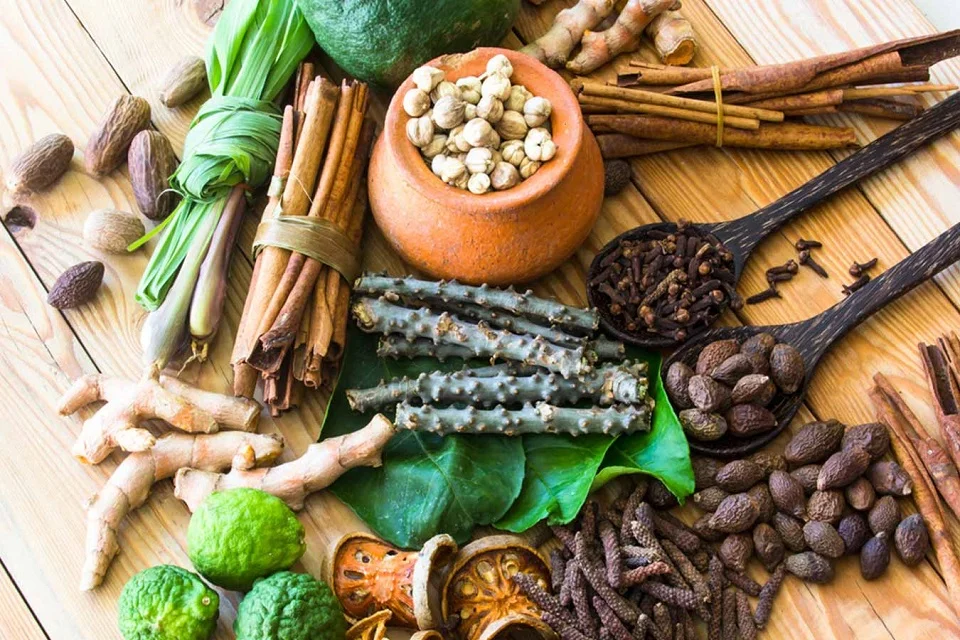Benefits of bibhitaka, dosage, side effects, and how to use it?
What is bibhitaka? In this ancient healing system, Bibhitaki is considered one of the three main ingredients in Triphala, a powerful …

What is bibhitaka?
In this ancient healing system, Bibhitaki is considered one of the three main ingredients in Triphala, a powerful herbal formulation and there are many benefits of bibhitaka. Triphala is renowned for its ability to balance the three doshas (Vata, Pitta, and Kapha) and support overall health and well-being. Bibhitaki plays a crucial role in Triphala due to its numerous medicinal properties. It is known for its digestive benefits, helping to improve digestion, relieve constipation, and detoxify the body. Additionally, there are many benefits of Bibhitaka like, anti-inflammatory, antioxidant, and antimicrobial properties, making it an essential component in Ayurvedic medicine.
The significance of Bibhitaki as part of Triphala cannot be overstated. This potent combination of Bibhitaki, along with Amalaki (Emblica officinalis) and Haritaki (Terminalia chebula), creates a synergistic effect that enhances their individual therapeutic properties. Triphala is known to promote healthy digestion, boost immunity, support liver function, and even improve skin health. With its remarkable ability to balance the body and nourish the mind, Triphala has rightfully earned its place as a cornerstone of Ayurvedic medicine.
Bibhitaki in Ayurveda
In Rigveda we come across the herb Vibhitaka Its branches are used for Yagna, but prohibited for usage as a toothbrush. It is claimed to be Madakara (Inebrient). The ancient text has quoted benefits of bibhitaka for the treatment of Hairfall (Ke.Pa. 30/9, Jai.Gr. 1/4). Acharya Charaka mentioned it in Jvarahara and Kasahara. He also indicated it for Rasa, Rakta, Mamsa vikara. Sushruta described it as Madakara and Vaghbhatta mentioned it as the best medicine for Kasa and Shvasa. Folk considered its seed as poisonous. An edible oil obtained from Vibhitaki seed. Vahbhatta described a tincture prepared from Vibhitaki known as Akshiki Sura . Like Haritaki and Amalaki it is one of the ingredients of Triphala.
Synonyms
Vibhitaka, Aksha, Akshaka, Karshaphala, Kalidrum, Akshaphala
Classical Categorization
Charak: Jvarahara, Kasahara, Virechanopaga
Sushruta: Mustadi, Triphala
Vaghbhatta: Mustadi
Other/Regional Language Names
- English: Beleric Myrobalan
- Gujarati: Baheda
- Hindi: Bahera
- Kannada: Tare kai, Shanti Kayi
- Kashmiri: Babelo, Balali
- Malayalam: Tannikka
- Marathi: Baheda
- Oriya: Baheda
- Punjabi: Bahera
- Tamil: Thanrikkai
- Telugu: Thanikkaya
- Urdu: Bahera
- Assamese: Bhomora, Bhomra, Bhaira
- Bengali: Bayada, Baheda
Constituents
Gallic acid, Tannic acid, Glycosides
Rasa Panchak
- Rasa: Kashaya
- Guna: Laghu, Ruksha
- Virya: Ushna
- Vipaka: Madhura
- Karma: Kaphapittajit, Bhedaka, Kriminashana, Cakshusya, Keshya, Kasahar
References in Ayurvedic texts
Ch.Su.27/148
Kai.Ni.377-380
Madh.Ni.28-30
भेदनं लघु रूक्षोष्णं वैस्वयंकृमिनाशनम् ।
चक्षुष्यं स्वादु पाक्याक्षं कषायं कफपित्तजित् ।।
(सु० सू०: 46/200)
बिभीतकस्त्रिलिङ्गः स्यादक्षः कर्षफलस्तु सः ।
कलिद्रुमो भूतवासस्तथा कलियुगालयः ॥
बिभीतकं स्वादुपाकं कषायं कफपित्तनुत् ।
उष्ण वीर्य हिमस्पर्श भेदनं कासनाशनम् ॥
रुक्षं नेत्रहितं केश्यं कृमिर्वैस्वर्यनाशनम्।
(भा० प्र०, हरीतक्यादिवर्ग; 36 )
What are Benefits of Bibhitaka?
- Svarabheda
- Netraroga
- Kasa
- Chardi
- Krimiroga
- Vibandha
- Keshya
- Madakari
What is use of Baheda in texts?

- Aksha taila is applied externally in Shvithra (A.Hr.Chi.20).
- Vibhitaki seed Churnais given with sura in Ashmari (Su. Utt.58).
- Baheda fruit Churna is given with honey after meal in Kasa (cough) & Shvasa (breathlessness) (C.D.).
- Bibhitaki Fruit burnt into and given with salt (V.S.).
how much is Dose?
3-6 g of the drug in powder form
What are the Useful Part
Phala (fruit), Bija (Seed), Seed kernel, Fruit rind

What are the side effect of Bibhitaka?
- Excess use causes dryness.
- Side effects are of taking the drug in high doses, under the guidance of qualified vaidya, or in appropriate doses it is safe to consume.
Additional information
List of formulations
- Talisadi churna
- Lavangadi vati
- Triphala Churna
- Baheda syrup
- baheda churna (baheda powder)
Morphology – Vriksha (Tree-60ft)
Research
Antimicrobial effect of Vibhitaki
- out of 93 cases of cough and asthma treated with T. bellerica, 22 showed complete relief, 27 were signifcantly re- lieved, while 35 cases were moderately relieved. The drug exhib- ited branchodilatory, antispasmodic and antiasthmatic activities (Trivedi et al; 1982).
- Ethanolic extract of T. bellerica bark showed 60-66% antifertility activity when administered orally at 250 mg/kg dose (sharmal et al; 1983).
- Most potent inhibitory activity on avian myeloblastosis virus (AMV)-reverse tanscriptase (RT) was shown by T. bellerica water and methanol extract (Kusumoto et al; 1992).
- The HIV-1 protease (PR) inhibitory activity was deter- mined by using the fruit peal methanol extract (Kusumoto el al; 1992, & Valsaraj et al; 1996-97).
- T. bellerica showed significant activity against both gram positive and gram negative bacteria. In addition it showed antifungal activity also (Valsaraj et al; 1994).
- A significant hepatoprotective effect was observed as evident from shortened hexobarbitone “sleep time” and zaxozolamine “paralysis time” when compared with CCl, alone. Pre-and post-treatment with the fraction from the fruits of T. bellerica (TB) reduced, in a dose-dependent manner, the elevated levels of serum transaminases and bilirubin in rats, thus demon- strating its effect both as a prophylactic and curative. Its protec- tive effects on microsomal lipid peroxidation and TGs in liver suggests a restrorative effect in the process of CCI, -induced liver damage. “TB, did not show any signs of toxicity upto oral doses of 3.2 g/kg in mice” (Anand et al; 1994).
- T. bellerica seed oil may become the olive of the East and is fairly abundant in the tropical Indian subcontinent. The raw flesh of the fruit can be converted into fodder. The seed oil content (about 47% by wt. of dry kernel) appears very promising as a vegetable oil for edible purpose and can be hydrogenated or used for soap preparation (Nag & Dc, 1995)
Conclusion
In conclusion, Bibhitaki is truly a marvel of nature. Its unique morphology, coupled with its importance in Ayurveda and its significance as part of Triphala, makes it herb worth celebrating. Its use as a medicine has been revered for centuries, and its holistic benefits continue to be appreciated in the modern world. So, let’s embrace the power of Bibhitaki and embark on a journey towards optimal health and well-being!








[…] Bibhitaki (Terminalia bellirica): Laxative: Promotes bowel regularity and relieves constipation. Astringent: Contributes to detoxification and cleansing of the digestive tract. Antimicrobial: Helps combat harmful bacteria and pathogens. […]